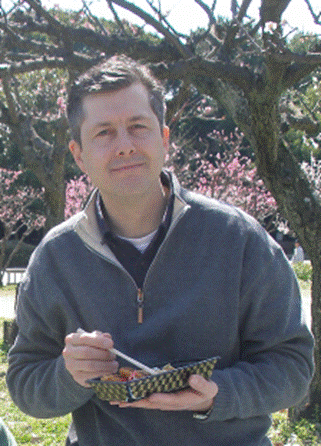Since 2014, a research team at the Technical University of Munich (TUM) led by Jürgen Geist, a professor of aquatic systems biology, has been investigating the effects of hydroelectric power plants on aquatic habitats and fish moving downstream. What they discovered in the process may improve future dam planning, as well as retrofitting of existing hydroelectric power plants.
While fish moving upstream can get around a dam using a fish passage, those migrating downstream often enter the machinery. Conventional power plants equipped with Pelton, Kaplan, or Francis turbines have high fish mortality due to their high rotation speed, pressure changes, and shear forces, the researchers noted.
It had been assumed that modern plants, such as hydroelectric power screws or power plants that use very low head (VLH) turbines would protect fish better because these turbines rotate slowly, allowing fish to swim through them safely. But the study showed that mortality and injuries to fish depend on how the technologies are used, which species are present, and which conditions are found at each location.
The team has so far analyzed seven power plants of four types in Bavaria, Germany. The types of plants analyzed include VLH turbines, Archimedes screw turbines, movable hydroelectric power plants, and conventional hydroelectric power plants, such as Kaplan bulb turbines. Assessment of a shaft power plant is planned for the future.
To conduct its research, the team set fyke nets downstream from turbines, overflows, and fish passes, catching 70,000 fish. The number of migrating fishes and the type and severity of their injuries were categorized and recorded on a datasheet. Delayed mortality of captured fish was monitored for 72 hours. Approximately 8,500 fish were also x-rayed to check for internal injuries, and an imaging sonar was used to gain an understanding of fish behavior near the turbine and screen.
At one site with a VLH turbine, the mortality was very low. However, at another site with a higher four-meter drop, mortality increased significantly. Grayling and brown trout were more likely to pass the power plant safely when the VLH turbine was operated at high load, rather than at low load.
It was also found that small fish tend to follow the main current and are not prevented from passing through the turbine rooms by fish protection rakes. Bypasses created at the power plants for fish migrating upstream are not used by most fish for the descent, the researchers said.
The studies also found that eel tubes were rarely used for downstream migration. The scientists suggested opening the flushing gates in the weirs – designed to let branches or larger alluvial deposits pass through – by 10 to 20 centimeters during the main migration periods at night in the fall. Observations showed that eels prefer to take advantage of this opportunity to move downstream.
Regarding recommendations for improvements at Archimedes screw turbines, Geist said “attaching a rubber lip or plastic protection to the leading edges could reduce fish injuries.”
“The leading edges should not be sharp,” Geist said. “The gap between screw and housing should be minimized. Structures in the tailwater that fish can collide with should be avoided. Turbulences at the turbine outlet should be avoided as far as possible.”
Some specific improvements that have already resulted from the research, Geist said, including the management of an undershot sluice gate at a conventional hydropower plant that silver eels were using as a corridor during their downstream migration. Additionally, a surface bypass at a moveable hydropower plant was relocated to minimize turbulences and improve downstream migration success, and structural adjustments were made at a screw pump fish lift to improve upstream migration efficiency.
Beyond fish mortality and injury, the team also studied changes in habitat above and below the dams, including seasonal assessment of the fish community, macroinvertebrates, and benthic algae; substratum composition; flow velocity and physicochemical parameters such as temperature, specific conductance, dissolved oxygen, redox potential, and pH. The report recommends creating new habitat to compensate for that lost due to dam construction.
Photo courtesy of the Technical University of Munich







